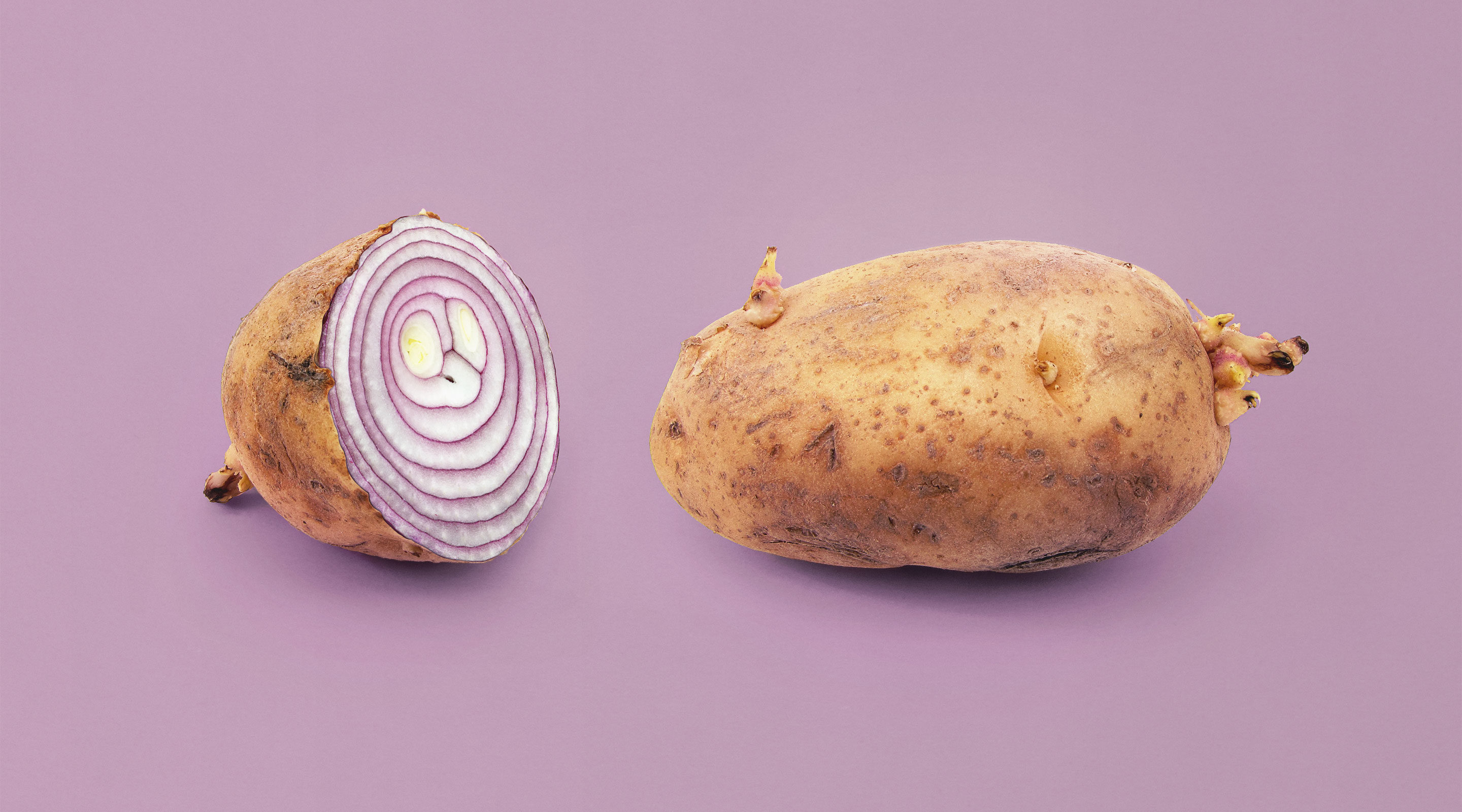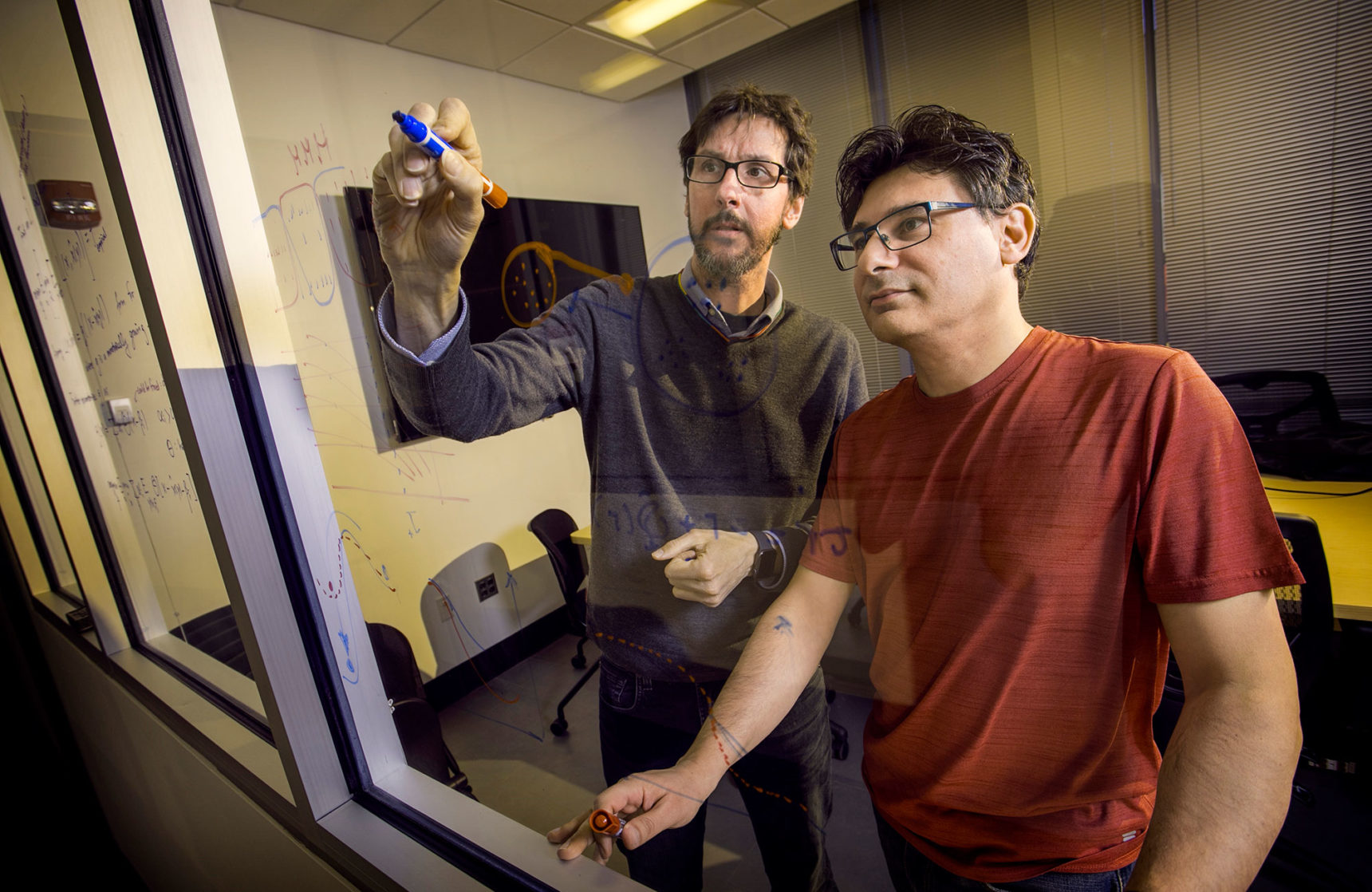The brain speeds up perception, guessing what will happen next
- Transfer
Your expectations shape and speed up your perception. A new model explaining this effect suggests updating signal processing theories.

If you expect a certain taste, and your tongue feels different, it will seem unpleasant to you. If the taste is expected, you will feel it faster.
Imagine that you took a glass and think that inside is apple juice, and then, after taking a sip, you discover that it is ginger ale. Even if you usually love soda, this time the taste seems disgusting to you. That's because context and internal states, including expectation, affect how animals sense and process information from the senses, explains Alfredo Fontanini , a neuroscientist at Stony Brook University in New York. In this case, waiting for the wrong stimulus leads to surprise and a negative reaction.
However, this influence is not limited to the quality of perception. Among other effects, tuning the senses to wait for input, good or bad, can increase the speed at which an animal detects, identifies, and responds to them.
Many years ago, Fontanini and the team discovered direct evidence of this acceleration effect in the taste cortex - the part of the brain responsible for the perception of taste. Since then, they have been trying to find a structure in the cortex that makes this effect possible. And so they succeeded. In April 2019 they publishedhis discoveries in the journal Nature Neuroscience: a model of a network with a specific architecture that not only offers new ideas about the principles of work of expectation, but also enters the territory of broader questions about how neuroscientists should relate to perception. Moreover, the conclusions somewhat coincide with the theory of decision making, which states that the brain does not build decisions gradually, but takes them hastily.
Accelerated feelings and active states
Taste, the least explored sensation, was an ideal starting point. After the taste appears on the tongue, several hundred milliseconds pass before the activity of the taste cortex begins to reflect the input data. “In terms of brain function, it’s an awful long time,” said Don Katz , a neuroscientist at Brandeis University in Massachusetts (whose laboratory Fontanini went through post-doctoral studies). “In the visual cortex, everything happens in a small fraction of this time,” which makes it much harder for vision to recognize the expectation effect that scientists wanted to study.
In 2012, Fontanini and colleagues conducted an experiment in which rats heard a sound (“preliminary hint”), and then received a small dose of food through a tube in their mouths. Her taste itself could be sweet, salty, sour or bitter, and there was no information in the tooltip regarding his character.
Nevertheless, it was found that, on the whole, the expectation of taste made the neurons of the taste cortex recognize the stimulus almost twice as fast as when the rats received food without hearing the preliminary sound. The delay dropped from about 200 ms to 120 ms.
Fontanini wanted to know which neural network would theoretically allow coding acceleration. He attracted a specialist who had not previously worked in the field of taste: a colleague from Stony Brook, a neuroscientist, Giancarlo la Camera, who previously worked on modeling spontaneous brain activity that occurs even in the absence of stimuli.

Alfredo Fontanini and Giancarlo la Camera
Over the past few decades, there has been a growing belief that most of the activity of sensor networks is generated internally and not caused by external stimuli. If we compare the activity of the visual cortex of an animal in complete darkness with its activity, when the animal is examined, it will be difficult to find differences in them. Even in the absence of light, sets of neurons in the visual cortex begin to activate together, simultaneously or at a predictable frequency. This interconnected response is located in the so-called metastable state from a few hundred milliseconds to several seconds, and then the configuration of activity changes to another. Metastability, or the tendency to jump from one fleeting state to another, continues after the appearance of the stimulus, however, some states often appear more often in connection with a specific stimulus, and,
La Camera and others (including Katz) have already modeled metastability, creating what is called a clustered network. Inside it, groups of exciting neurons are closely related to each other, and inhibitory neurons are randomly connected to exciting ones, which has a wide muffling effect on the entire system. “Such a clustered architecture is fundamentally important for creating metastability,” Fontanini said.
Fontanini, La Camera and their colleague, a postdoc, Luca Mazzukato (now working at the University of Oregon) found that the same network structure was needed to recreate the wait effect. In a metastable model of clustered architecture, researchers simulated a warning clue, followed by a specific taste stimulus. As a result, they successfully reproduced the accelerated coding scheme that Fontanini observed in rats in 2012: the transitions from one metastable state to another were accelerated, which enabled the system to quickly switch to coding states. The results of the work show that simply by creating a network to demonstrate metastable patterns of activity, “you can capture a lot of neurological responses while stimulating taste,” said Fontanini.
When the researchers tried to simulate warning prompts and stimuli in a network that did not have clustered neurons, they were not able to repeat the results of 2012. Therefore, “this effect is possible only in networks of a certain type,” Katz said.
Less stressful walk
The discovery seemed remarkable, firstly, because it gave an idea of what kind of architecture to look for in the real taste cortex - and possibly in other parts of the cortex responsible for the sensory organs. So far, neuroscientists are arguing about how taste is processed: some say that certain certain neurons can encode “sweet” and others “salty”, creating characteristic neurological responses for certain tastes. Others associate it with broader patterns of activity; most neurons respond to most tastes, and the resulting neurological scheme roughly corresponds to one or another taste. The work of Fontanini and colleagues supports the latest theory, predicting exactly how this structure should look. Already only clusters “outline the many properties of the taste bark,” said Fontanini, “spontaneous activity, the sequence of feedback on taste, the effect of expectation. " He hopes to continue to unearth the history of the formation of these clusters, and what other types of nervous activity they affect.
It also outlines the neural basis for expectations in the brain. The warning tip does not just excite certain neurons or causes a certain set of conditions, which then encodes the stimulus. Instead, waiting changes the dynamics - specifically, the switching speed - of the entire system.
Fontanini and la Camara compare this dynamics with a ball moving across a landscape filled with trenches. These recesses indicate reaction states, and expectation tilts the terrain so that the ball falls faster into the first trench. It also smoothes hilly terrain along which the ball needs to go from one state to another, facilitating this transition and getting stuck.
That is, waiting makes the network less sticky. It allows you to take an easier walk towards states that actually encode taste, but it does not give such stability that the system is stuck in one state. This problem often plagues such clustered networks: because of this grouping, some “trenches” turn out to be too deep, and the system amplifies incorrect information. But these discoveries say that to solve this problem “you don’t need a complex system,” said Georg Keller, a neuroscientist who studies the work of vision at the Institute of Biomedical Research. Friedrich Miescher in Switzerland.
Fontanini and la Camera hope that a similar mechanism can explain the work of other processes that take the context beyond expectations, such as attention and learning. But, perhaps, “the most important consequence of our work will be a shift of attention from the static reaction of neurons encoding certain reactions to their dynamic behavior,” la Camera said.
Although the approach to the study of neurobiology through dynamic systems cannot be called new, it was difficult to test and model. Experts usually tend to a hierarchical structure of the representation of sensory perception: the cortex builds up and integrates features for the formation of perceptions, sending signals to other layers of the network that integrate even more information until the brain comes to a decision or chooses behavior.
But this is not the case in this paper. The team’s results speak in favor of another signal processing idea in which “everything happens at the same time, before the stimulus signal arrives,” said Leslie Kay, a neuroscientist at the University of Chicago who works on smell. “The learned information is in the cortex, forms a system of interconnected groups of neurons denoting this information, and then you influence it with the help of expectations, resulting in the manifestation of what this system knows.”
Sudden rush
It follows from the model that the decision-making process is not a smooth construction based on the information received, but rather something like a sequence of insights, a jump of neural fluctuations. Katz used the same model as Fontanini with la Camera to support the idea that decision-making "happens in a sudden rush."
The connection between these "completely different angles of the taste" - the work of Fontanini on the processing of sensations from the senses and its study of their further processing - leaves Katz in a state of "joyful anticipation."
She also emphasizes the need to move away from concentration on individual neurons that respond to certain prompts, and move towards internal states and dynamics to better understand the functioning of sensor networks - even in the case of the most basic sensory stimuli. “It’s much easier to say that a neuron increases the number of activations,” said Anan Moran, a neuroscientist at Tel Aviv University in Israel. But in order to understand how organisms work, “you can’t take into account only the stimulus, you have to reckon with the internal state,” he added. “And this means that our previous idea of the mechanism used by the brain to implement sensations, actions, and so on, needs to be reviewed.”
“Most of what happens in the taste cortex before the stimulus reaches it, is associated with its processing upon arrival,” Katz said. In this case, a study of how these internal states change under the influence of experience or clues has revealed new information about network connectivity.
Now, Moran said, such contextual dependence should undergo other studies of perception and thinking. “The last frontier is the visual system. Such work can tell us something interesting about the processing of visual information. "
“We do not yet have a good, unified model that combines all this activity,” he added. But this is a "good starting point."
